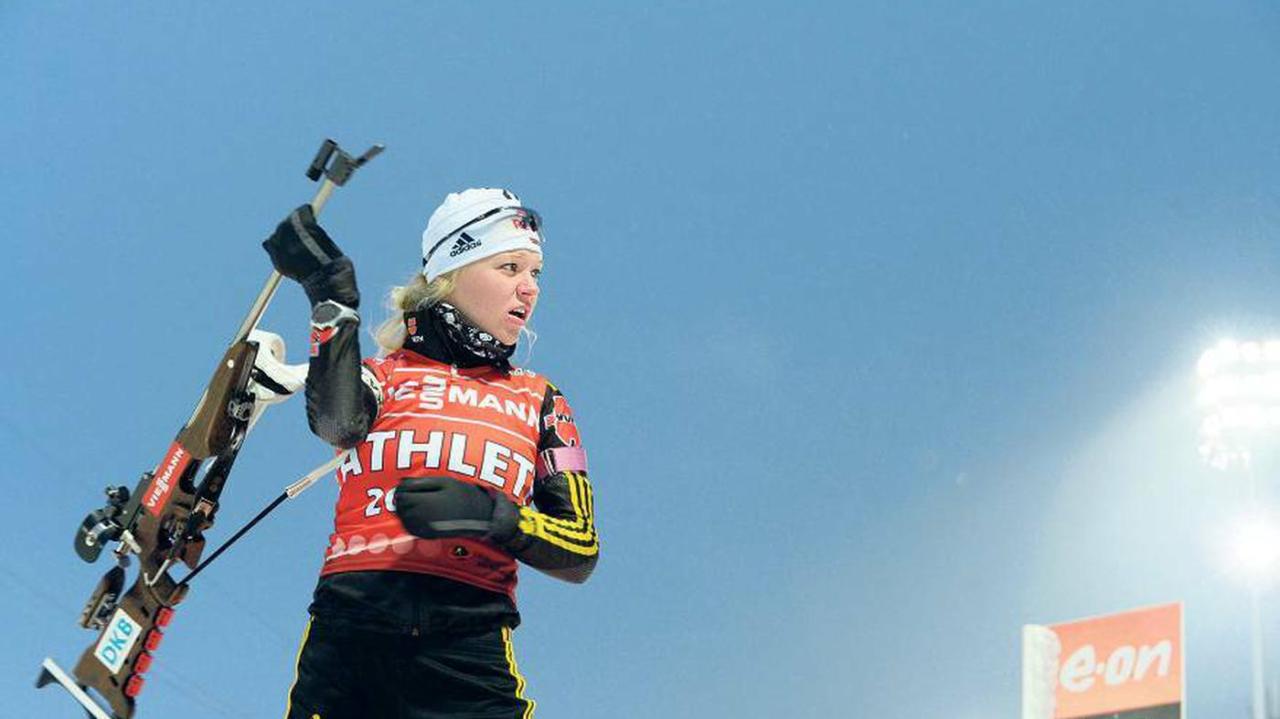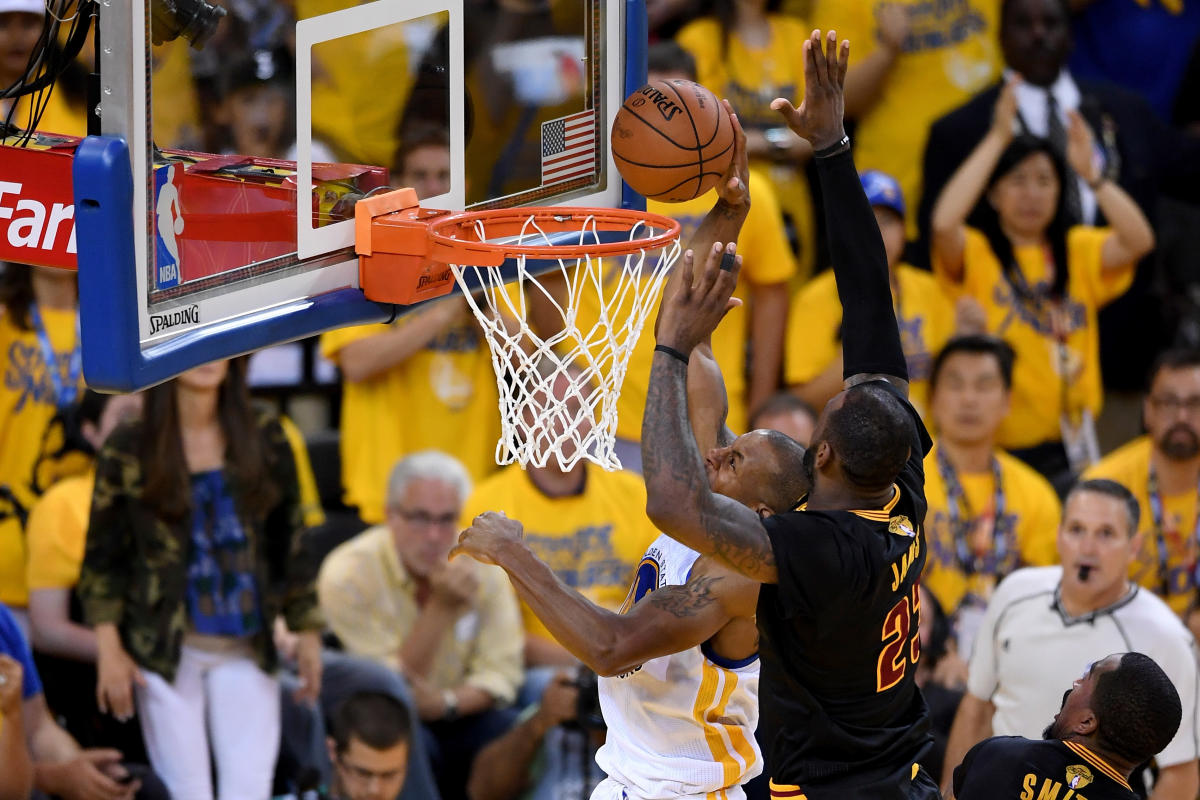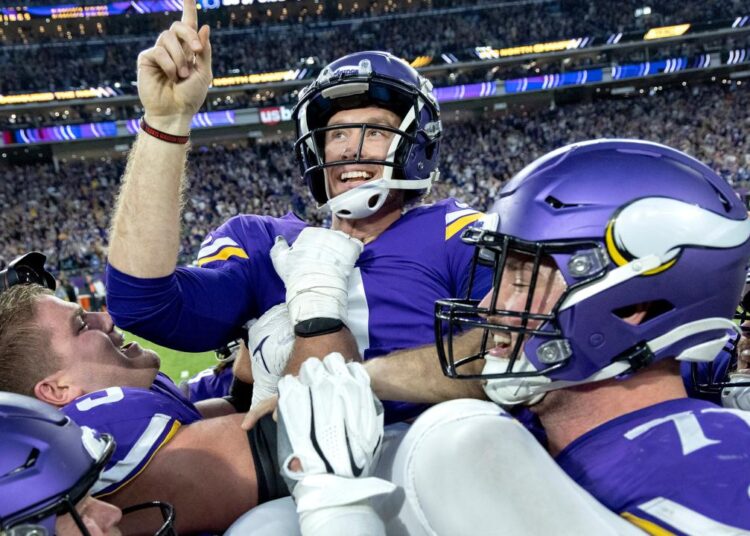In the unpredictable theater of sports, there are moments that transcend mere competition, etching themselves into the annals of history and the collective memory of fans worldwide. Among these, few narratives are as compelling, as emotionally charged, or as inspiring as the legendary comeback. These aren’t just victories; they are defiant acts of will, tests of mental fortitude, and breathtaking displays of skill, where teams or individuals snatch triumph from the jaws of seemingly inevitable defeat. This comprehensive exploration delves into the anatomy of these unforgettable turnarounds, dissecting the psychological, strategic, and often miraculous elements that converge to create sporting immortality. We’ll uncover what truly drives these incredible reversals and why they resonate so deeply with the human spirit.
The Anatomy of a Sporting Miracle

A comeback isn’t simply overcoming a deficit; it’s a multi-layered phenomenon that involves a complex interplay of factors, often against overwhelming odds.
A. The Initial Setback
Every great comeback begins with a significant deficit, a moment where defeat seems all but certain. This “rock bottom” is crucial, as it sets the stage for the dramatic reversal.
- Overwhelming Point Differentials: Whether it’s a huge lead in basketball, a multi-goal deficit in soccer, or a vast difference in games/sets in tennis, the initial gap must appear insurmountable. The larger the deficit, the more incredible the comeback.
- Time Constraints: The ticking clock adds immense pressure. A comeback with little time remaining is inherently more dramatic and difficult to achieve.
- Adversity and Bad Luck: Sometimes, the initial deficit is compounded by unlucky breaks, controversial calls, or key injuries, making the mountain even steeper to climb. These additional layers of adversity make the eventual triumph even sweeter.
- Opponent Dominance: The leading team isn’t just ahead; they often appear to be playing at their peak, seemingly invulnerable, making the idea of a comeback feel utterly impossible.
B. The Psychological Shift
Perhaps the most critical component of any legendary comeback is the mental fortitude of the trailing team or individual.
- Unwavering Belief: Despite the scoreboard, a fundamental belief in one’s ability to win must persist. This isn’t just hope; it’s a deep-seated conviction that the game is not over.
- Resilience and Grit: The ability to absorb punches, shake off mistakes, and continue fighting is paramount. It’s about enduring adversity without succumbing to despair.
- Focus on the Present Moment: Successful comeback teams don’t dwell on the deficit. They focus on the next possession, the next point, the next play, breaking down the seemingly impossible task into manageable increments.
- Mental Toughness Under Pressure: The ability to execute complex skills and make smart decisions when the stakes are highest is a hallmark of comeback heroes. Panic is the enemy of a comeback.
- Leadership and Inspiration: Often, a key player or coach steps up to rally the troops, delivering inspiring words or leading by example. This galvanizing force can shift the team’s entire mindset.
C. Strategic Adjustments and Tactical Brilliance
Mental strength alone isn’t enough; comeback victories often involve shrewd strategic changes.
- Defensive Intensification: Locking down the opponent, forcing turnovers, and preventing easy scores is often the first step in stemming the tide. This can involve switching defensive schemes or increasing defensive pressure.
- Offensive Execution: Converting opportunities, making high-percentage plays, and finding rhythm on offense is crucial to chipping away at the lead. This might involve changing offensive plays, targeting specific players, or speeding up the pace.
- Taking Calculated Risks: Sometimes, bold, unexpected plays are necessary to disrupt the opponent’s rhythm and create game-changing moments. This could be an onside kick, a full-court press, or an aggressive offensive strategy.
- Exploiting Opponent Weaknesses: As the leading team starts to feel the pressure, they may become more conservative or make uncharacteristic errors. Savvy comeback teams capitalize on these moments.
- Momentum Shifts: Sports are inherently fluid. A crucial block, a timely three-pointer, or a big defensive stop can ignite a wave of momentum that carries the trailing team forward and simultaneously unsettles the leading team.
Iconic Comebacks Across Sporting History
The archives of sports are filled with these astonishing reversals, each with its unique flavor of drama and heroism.
A. Football (Soccer)
- Liverpool vs. AC Milan, 2005 Champions League Final: Perhaps the most famous comeback in modern football. Trailing 3-0 at halftime, Liverpool scored three goals in six minutes in the second half to force extra time, eventually winning the trophy in a penalty shootout. This was a testament to belief, tactical adjustments (moving to a 3-5-2 formation), and sheer mental resilience. The atmosphere created by their fans, the “You’ll Never Walk Alone” anthem, played a significant role.
- FC Barcelona vs. Paris Saint-Germain, 2017 Champions League Round of 16: After losing the first leg 4-0, Barcelona needed a miracle. They won the second leg 6-1, scoring three goals in the final seven minutes plus injury time, including a dramatic Sergi Roberto goal in the 95th minute. This was dubbed “La Remontada” (The Comeback) and showcased an unparalleled never-say-die attitude.
B. American Football (NFL)
- Buffalo Bills vs. Houston Oilers, 1993 AFC Wild Card Game (“The Comeback”): The Bills, playing without star quarterback Jim Kelly, found themselves down 35-3 early in the third quarter. Backup QB Frank Reich led them on an improbable rally, scoring 35 unanswered points to take the lead, eventually winning in overtime 41-38. This remains the largest deficit ever overcome in NFL playoff history.
- New England Patriots vs. Atlanta Falcons, Super Bowl LI (2017): Trailing 28-3 in the third quarter, Tom Brady led the Patriots on an astounding comeback, scoring 31 unanswered points to win 34-28 in overtime. This performance solidified Brady’s legacy and showcased the Patriots’ incredible mental toughness and execution under immense pressure.
C. Basketball (NBA)
- Houston Rockets vs. Phoenix Suns, 1995 Western Conference Semifinals (Game 7): Trailing by 13 points with less than 5 minutes remaining, the Rockets, led by Clyde Drexler and Hakeem Olajuwon, mounted a furious rally. A clutch Robert Horry three-pointer, followed by key defensive stops, sealed an improbable victory that propelled them to their second consecutive NBA championship.
- Dallas Mavericks vs. Miami Heat, 2006 NBA Finals (Game 3): The Mavericks were up 2-0 in the series and held a 13-point lead with 6 minutes left in Game 3. Dwyane Wade took over, leading the Heat on a stunning comeback to win, shifting the momentum of the series. The Heat went on to win the next three games and the championship.
D. Baseball (MLB)
- Boston Red Sox vs. New York Yankees, 2004 ALCS: Down 3-0 in the best-of-seven series, a seemingly impossible deficit in baseball, the Red Sox won four straight games against their arch-rivals, a feat never before accomplished in MLB playoff history. This broke the “Curse of the Bambino” in dramatic fashion, proving that even the most formidable historical narratives can be defied.
- Cleveland Indians vs. Boston Red Sox, 2007 ALCS (Game 5): The Indians were up 3-1 in the series and led Game 5 by a comfortable margin late. The Red Sox mounted a massive rally in the late innings, scoring 7 runs in the 7th and 8th to stun the Indians and win, eventually taking the series in Game 7.
E. Ice Hockey (NHL)
- Boston Bruins vs. Toronto Maple Leafs, 2013 Eastern Conference Quarterfinals (Game 7): The Bruins trailed 4-1 with less than 11 minutes remaining in the third period of the decisive Game 7. They scored three goals to tie the game, including two in the final 82 seconds, then won in overtime. This remains one of the most unbelievable collapses and comebacks in NHL history.
- Los Angeles Kings vs. San Jose Sharks, 2014 Western Conference First Round: The Kings went down 3-0 in the series, a highly rare and almost insurmountable deficit in NHL playoffs. They then won four straight games to complete the reverse sweep, demonstrating incredible resilience and defensive shutdown.
F. Other Sports
- Rory McIlroy at the 2011 Masters Tournament (Golf – near comeback): While not ultimately successful, McIlroy’s collapse from a four-shot lead going into the final round to an eventual 10-shot defeat is a stark reminder of how rapidly fortunes can turn, and conversely, how difficult holding a lead under pressure can be. This highlights the mental fragility that can afflict even top athletes.
- Team Europe vs. USA, 2012 Ryder Cup (“The Miracle at Medinah”): Trailing 10-6 going into the final day’s singles matches, Team Europe needed a near-perfect performance. Inspired by the late Seve Ballesteros, they mounted an incredible comeback, winning 8.5 points out of a possible 12 to tie the USA 14-14, retaining the cup. This team comeback showcased unity, mental strength, and incredible clutch putting.
The Psychology of Collapse

Just as there’s a psychology to the comeback, there’s a counter-psychology to the collapse, often intertwined.
A. The Burden of Expectation
Once a team gains a significant lead, the expectation to win can become a heavy burden. The desire to avoid mistakes can lead to overly cautious play, making them passive rather than aggressive.
B. The Momentum Shift
When the trailing team starts to make inroads, the momentum shift can be palpable. The crowd gets louder, the plays get more energetic, and the leading team can feel the pressure mounting, leading to:
- Hesitation and Indecision: Players might second-guess themselves, leading to missed opportunities or errors.
- Tightening Up: Muscles can become tense, affecting fluid movement and precise execution.
- Fear of Losing: The focus shifts from winning to simply not losing, a mindset that often leads to exactly that outcome.
C. Coaching Decisions Under Pressure
Coaches of leading teams can sometimes become too conservative, making decisions that allow the opponent back into the game (e.g., pulling star players too early, playing defensively rather than offensively).
D. Fatigue and Complacency
A large lead can sometimes breed a subtle complacency, causing a slight drop in intensity. Simultaneously, fatigue can set in, affecting decision-making and execution.
The Legacy of Comebacks
Legendary comebacks resonate far beyond the final score, leaving an indelible mark on sports culture.
A. Inspiring Human Spirit
They serve as powerful reminders of the human capacity for perseverance, resilience, and defying the odds. They teach us to never give up, even when faced with seemingly insurmountable challenges.
B. Defining Eras and Legacies
Many comebacks are intrinsically linked to the athletes, coaches, or teams that orchestrated them, cementing their place in history (e.g., Tom Brady and the Patriots, Liverpool in Istanbul). They often become defining moments in a player’s career or a team’s dynasty.
C. Fueling Rivalries
An epic comeback can intensify existing rivalries, adding another layer of bitterness and drama to future encounters. The team that “blew” the lead will always remember, as will the team that capitalized on it.
D. Creating Unforgettable Fan Experiences
For fans who witness them live or on screen, comebacks create visceral, emotional experiences that are talked about for years, becoming part of their personal sporting folklore. The shared experience of a comeback can forge a powerful bond within a fanbase.
E. A Lesson in Sport Psychology
These moments provide rich case studies for sports psychologists, highlighting the profound impact of mindset, pressure, and momentum on performance. They demonstrate how easily the delicate balance of a game can be tipped by mental factors.
The Future of the Comeback
As sports analytics and strategic planning become more sophisticated, does the era of the truly impossible comeback diminish?
A. Data-Driven Game Management
With advanced analytics, coaches have more tools than ever to manage leads, understand opponent tendencies, and prevent collapses. Real-time data can help identify fatigue or shifts in momentum earlier.
B. Preparedness for Pressure
Teams are increasingly using sports psychology to prepare athletes for high-pressure situations, teaching them coping mechanisms and mental strategies to maintain composure whether leading or trailing. This includes visualization techniques, mindfulness, and stress inoculation training.
C. The Enduring Human Element
Despite all the data and preparation, sports remain inherently human. The unpredictable nature of elite performance, the vagaries of luck, and the sheer force of human will ensure that the comeback, in all its improbable glory, will never truly disappear. The emotional swings, the unexpected heroics, and the dramatic shifts in momentum will always find a way to manifest.
Conclusion
The legendary comeback is more than just a statistical anomaly in sports; it is a profound testament to the power of belief, the resilience of the human spirit, and the strategic brilliance that can emerge under immense pressure. From the freezing gridirons of Buffalo to the electrifying pitches of European football, these unforgettable turnarounds captivate us because they mirror life itself – reminding us that even when all hope seems lost, the game is never truly over until the final whistle blows. They are the narratives that inspire us to push harder, believe deeper, and never concede defeat, proving that in the theater of competition, the most captivating stories are often written when the odds are stacked impossibly high.












